If you have a sweet tooth, classic American desserts are a must-try! These desserts have been around for generations and have become an integral part of American culture. From the all-American apple pie to the indulgent chocolate cake, there’s something for everyone. By trying these desserts at home, you’ll not only satisfy your sweet cravings but also gain a deeper appreciation for the history and tradition behind each dessert. Plus, nothing beats the satisfaction of enjoying a homemade dessert that you’ve made yourself!
These desserts can be served after your weeknight meals, during special occasions such as Christmas and Thanksgiving, or at a game day party. If you looking what to prepare at these events, then check out these 30+ Easy Chicken Dinner Recipes, 25+ Delicious Pasta Dishes, 30+ Chicken Wings Classics, and 25+ Must Do Game Night Recipes!
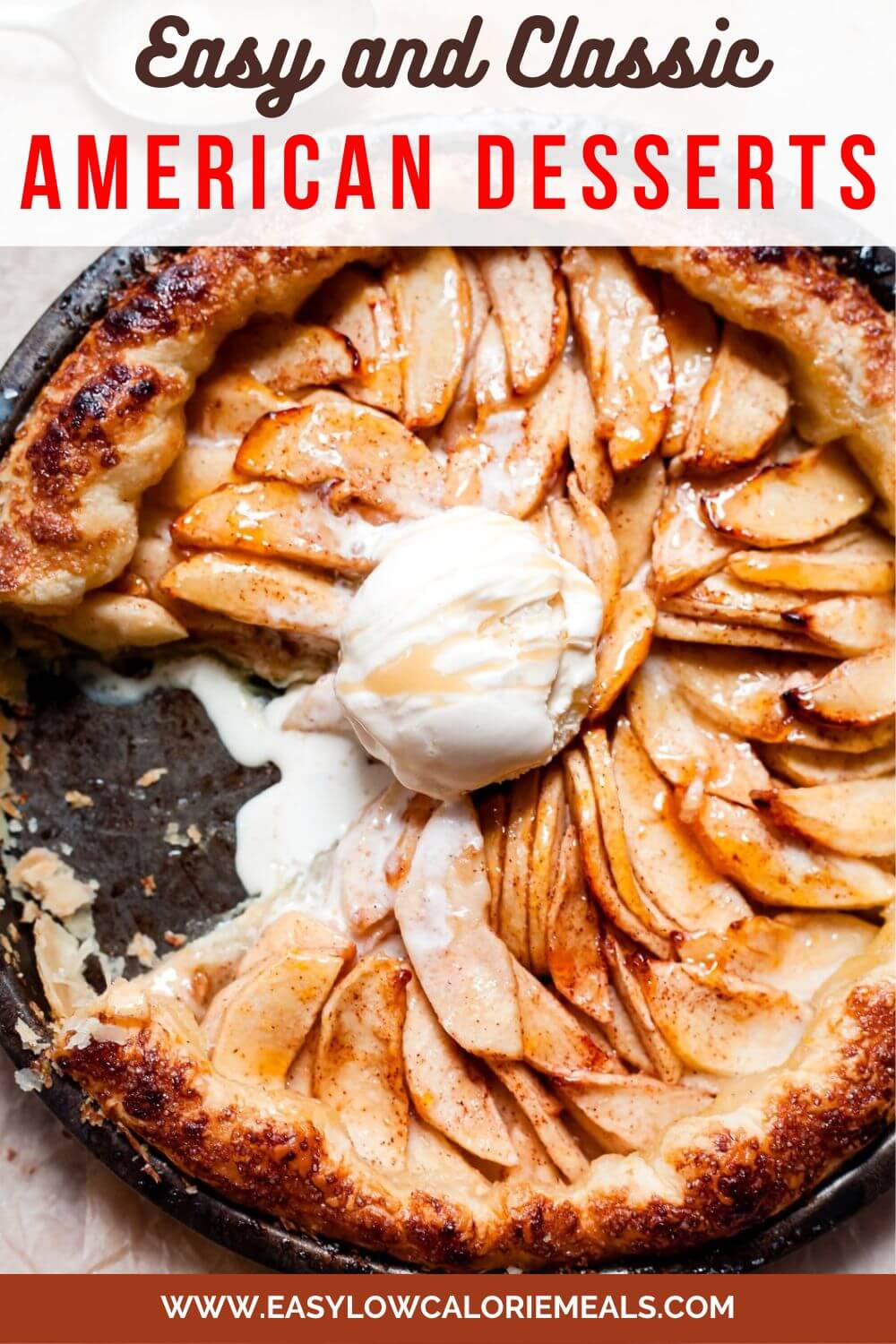
Table of Contents
- Why you’ll love this recipe
- Ingredients
- Substitutions and Variations
- Step-by-Step Instructions
- Expert Tips
- Storage and Make Ahead Instructions
- Recipe FAQs
- Collection of Classic American Desserts Recipes
- Recipe Card
Why you’ll love this recipe
There are many reasons why people love classic American desserts.
- Nostalgia: Many of these desserts have been enjoyed by generations of Americans, and they bring back happy memories of childhood or special occasions.
- Comfort: Classic American desserts are often warm and hearty, making them a comforting treat that’s perfect for cold weather or when you’re feeling down.
- Flavor: These desserts are often sweet, rich, and delicious, with a variety of flavors to suit different tastes. From the fruity sweetness of Apple Pie to the tangy zing of Lemon Bars, there’s something for everyone.
- Variety: With so many classic American desserts, there’s always something new to try or an old favorite to enjoy.
- Availability: Many of these desserts are easy to make at home or widely available in bakeries and restaurants, making them a convenient and accessible treat.
- Tradition: Some of these desserts, like Apple Pie and Pumpkin Pie, are deeply rooted in American tradition and culture, and are a way to connect with the country’s history and heritage.
Ingredients
Here are some common ingredients used to prepare the classic American desserts:
- Flour is a key ingredient in many baked desserts, including pies, cakes, cookies, and bread pudding.
- White sugar, brown sugar, and powdered sugar are all commonly used to add sweetness to desserts.
- Butter is a rich and flavorful ingredient that’s often used to add richness and moisture to baked goods.
- Eggs are used as a binding agent in many desserts, and they also add richness to the dessert.
- Milk and cream are often used in desserts to add richness and creaminess, and as main ingredients in recipes such as custards and puddings.
- Vanilla extract is a common flavoring used in many baked goods, including cakes, cookies, and cheesecake.
- Baking Powder/Baking Soda are used to help desserts rise and become light and fluffy.
- Chocolate is a popular ingredient in many desserts, including chocolate chip cookies, brownies, and chocolate cake.
- Fruits like apples, peaches, and cherries are often used in pies and cobblers, while bananas and strawberries are used in desserts like banana pudding and strawberry shortcakes.
- Nuts like pecans and walnuts are often used in pies and cookies, adding a crunchy texture and nutty flavor.
These are just some of the most common ingredients used in classic American desserts, but there are many variations and substitutions that can be made depending on personal preferences and dietary restrictions.
Substitutions and Variations
Ingredient Substitutions
- Gluten-free flours like almond flour, coconut flour, and rice flour can be used as a substitute for all-purpose flour for those who have a gluten intolerance or celiac disease.
- Honey, maple syrup, and agave nectar can be used as a substitute for granulated sugar, providing a natural sweetness and adding a unique flavor profile.
- Coconut oil, vegetable oil, and vegan butter can be used instead of butter to make the recipes vegan.
- Applesauce, mashed bananas, and flaxseed egg can be used as a substitute for eggs in many recipes, providing moisture and binding properties.
- Almond milk, soy milk, and coconut cream can be substituted for milk or cream in many desserts, providing a dairy-free alternative.
Recipe Variations
Here are some recipe variations to get started. The possibilities are endless.
- Salted Caramel Apple Pie: A twist on traditional apple pie, adding a layer of rich, salty caramel to the filling.
- Strawberry Cheesecake: A fruity variation of classic cheesecake, topped with fresh strawberries or strawberry sauce.
- Oatmeal Raisin Cookies: A variation on classic chocolate chip cookies, using oats and raisins instead.
- Mint Chocolate Chip Ice Cream: A classic flavor variation of ice cream, featuring chocolate chips and a refreshing mint flavor.
- Chocolate Brownie Cheesecake: A decadent dessert that combines two classic treats – brownies and cheesecake – into one rich and chocolatey dessert.
- Blueberry Lemon Bars: A fruity twist on traditional lemon bars, adding blueberries for a pop of sweetness.
- Pumpkin Spice Cupcakes: A fall-inspired variation of classic cupcakes, featuring warm spices like cinnamon, nutmeg, and cloves, and topped with cream cheese frosting.
- Bread Pudding with Whiskey Sauce: A boozy twist on traditional bread pudding, using a rich whiskey sauce to add flavor and depth.
- Peanut Butter Chocolate Chip Blondies: A variation on classic blondies, adding peanut butter and chocolate chips for a salty-sweet treat.
- Peach Cobbler with Cinnamon Streusel Topping: A variation on classic fruit cobbler, using juicy peaches and a crunchy, cinnamon-spiced topping.
Step-by-Step Instructions
Follow the instructions given in each recipe post. If it is a lengthy recipe, try and break them into manageable parts for the best outcome.
Expert Tips
Here are some expert chef tips to use when preparing classic American desserts:
- Use quality ingredients: Always use the highest quality ingredients you can find, such as fresh fruits, good quality butter, and high-quality chocolate, for the best flavor and texture.
- Measure ingredients accurately: Baking is a science, and accurate measurements are crucial for success. Use measuring cups and spoons and level off ingredients to ensure accuracy.
- Keep ingredients at room temperature: All ingredients, including eggs and butter, should be at room temperature before mixing. This allows for better incorporation and a smoother texture.
- Don’t overmix: Mix just until the ingredients are combined. Overmixing can result in tough, dry, or dense baked goods.
- Allow baked goods to cool completely: Allow cakes, cookies, and other baked goods to cool completely before frosting, glazing, or slicing to prevent them from falling apart.
- Use parchment paper: Line baking sheets and cake pans with parchment paper to prevent sticking and make clean-up easier.
- Add toppings and garnishes right before serving: For the freshest and most attractive presentation, add toppings and garnishes like whipped cream, fruit, or nuts just before serving.
Storage and Make Ahead Instructions
Here are some general storage and make-ahead instructions that can be applied to most classic American desserts:
- Storage: Most desserts can be stored in an airtight container or covered with plastic wrap. Some desserts may need to be refrigerated to maintain freshness, such as custards or fruit pies.
- Make-ahead: Many desserts can be made ahead of time and stored in the refrigerator or freezer. For example, pie crusts can be made and frozen for later use, or cookie dough can be refrigerated or frozen for easy baking later.
- Freezing: Most desserts can be frozen for longer storage. Cakes, cookies, and brownies can be frozen in an airtight container or wrapped in plastic wrap and aluminum foil. Thaw them in the refrigerator overnight before serving.
- Reheating: Desserts, such as pies and cakes, can be reheated in the oven at a low temperature (around 300°F or 150°C) for 10-15 minutes. Others, such as cookies or brownies, can be warmed in the microwave for a few seconds to restore their soft texture.
It’s important to note that some desserts may have specific storage and make-ahead instructions depending on their ingredients and preparation methods. Always refer to the recipe post if you’re unsure about the best way to store a specific dessert.
Recipe FAQs
To prevent a soggy pie crust, bake the crust for a few minutes before adding the filling.
To ensure that whipped cream stays firm, start with chilled cream and a chilled mixing bowl, add a stabilizer like sugar or cornstarch, and avoid overbeating.
Yes, butter can usually be substituted for margarine in baking recipes, but the texture and flavor may be slightly different.
Collection of Classic American Desserts Recipes
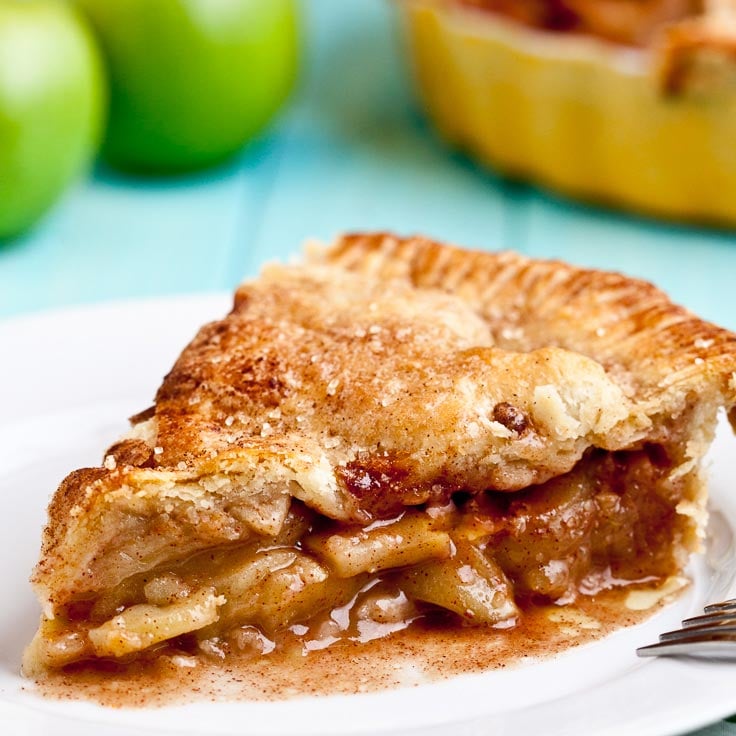
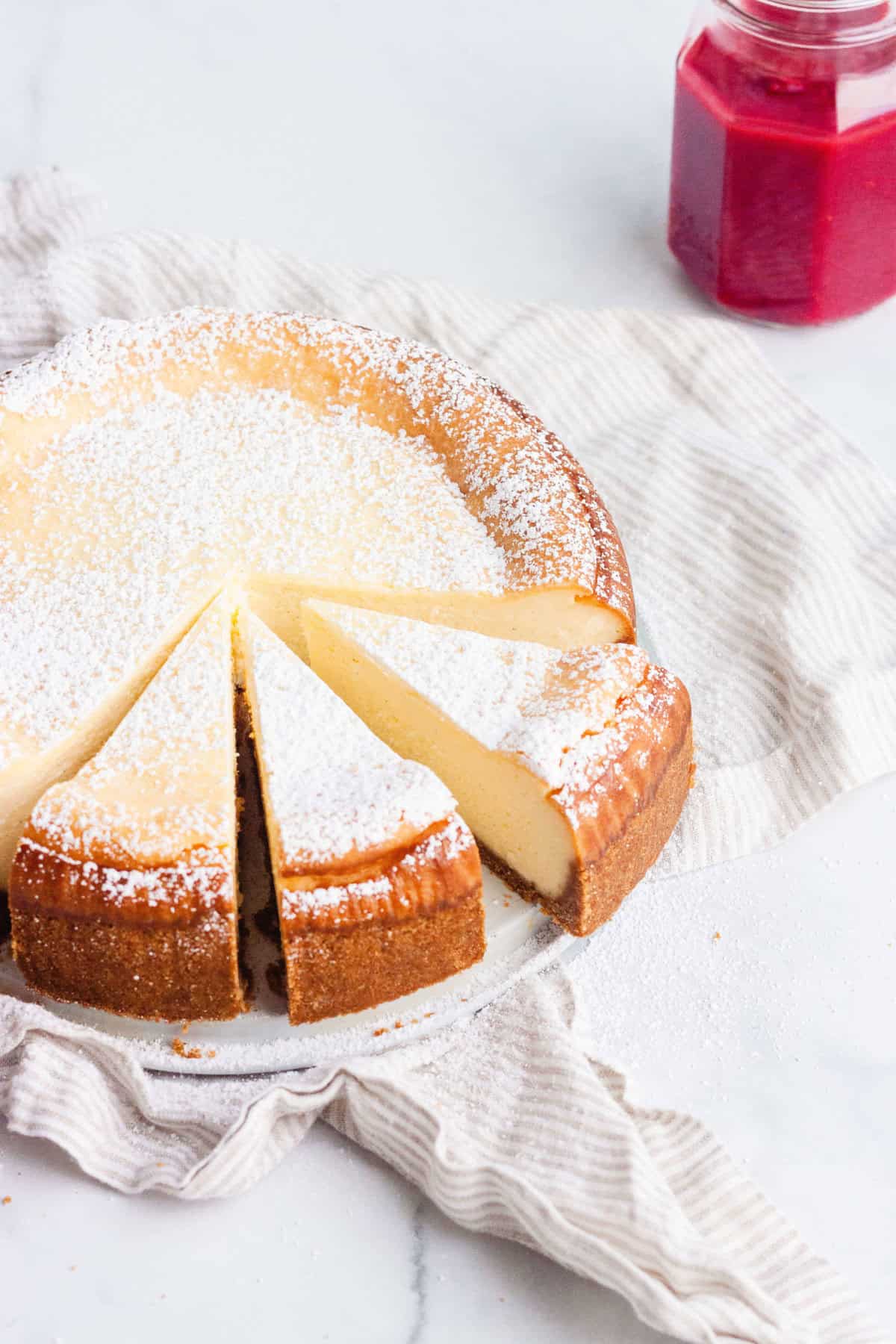
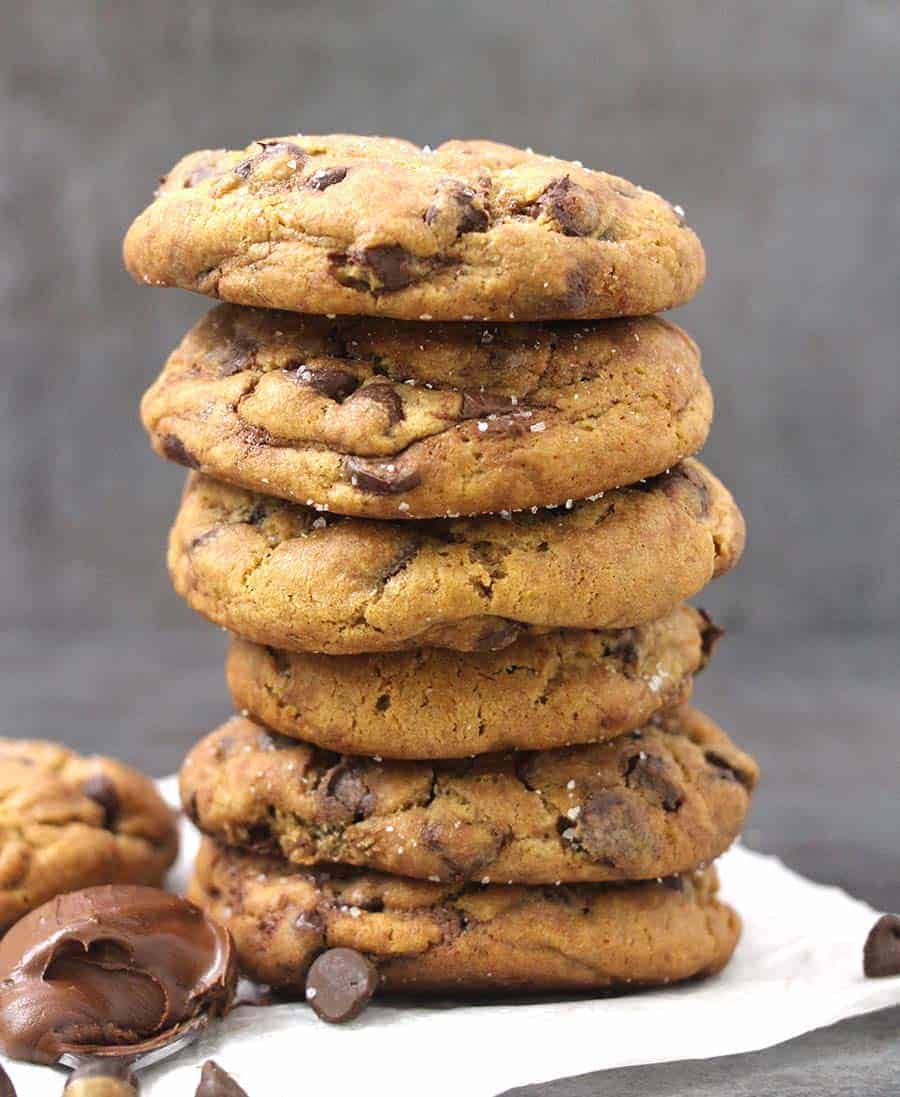

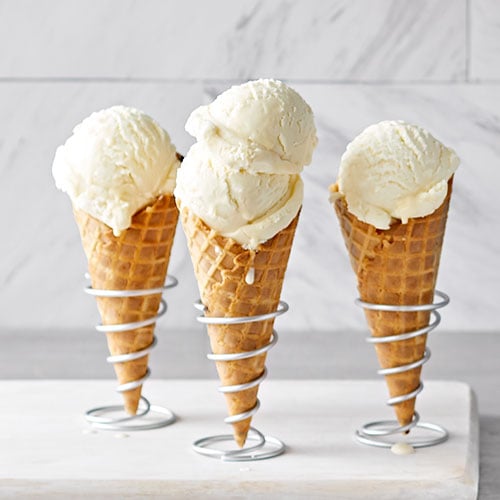
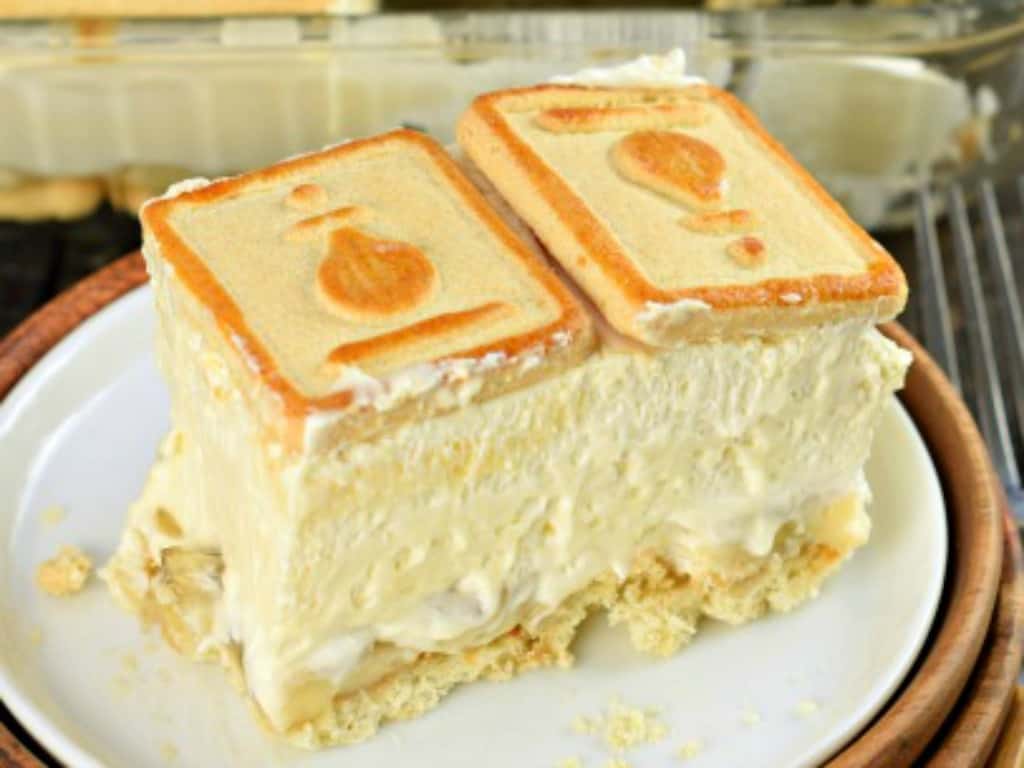
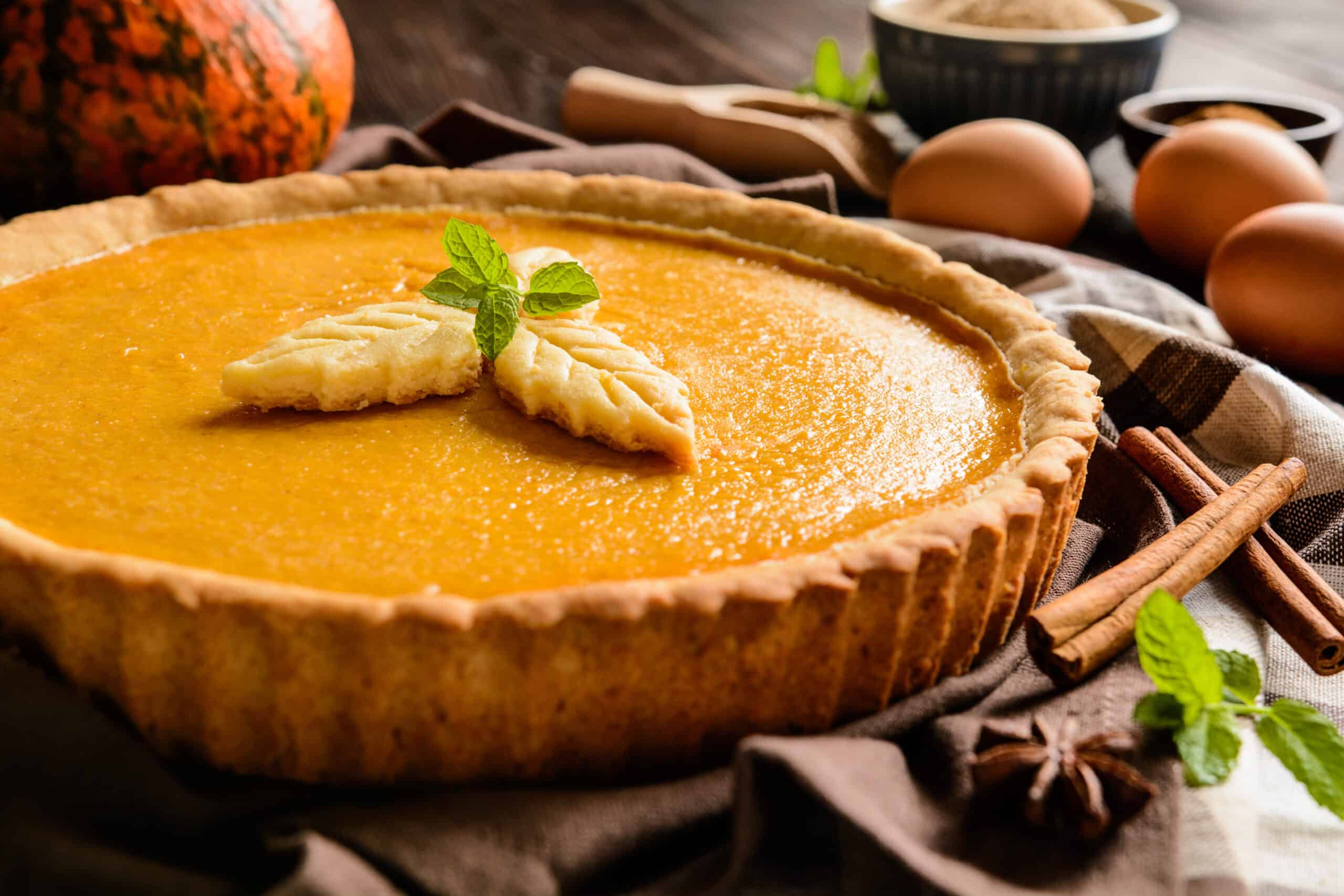
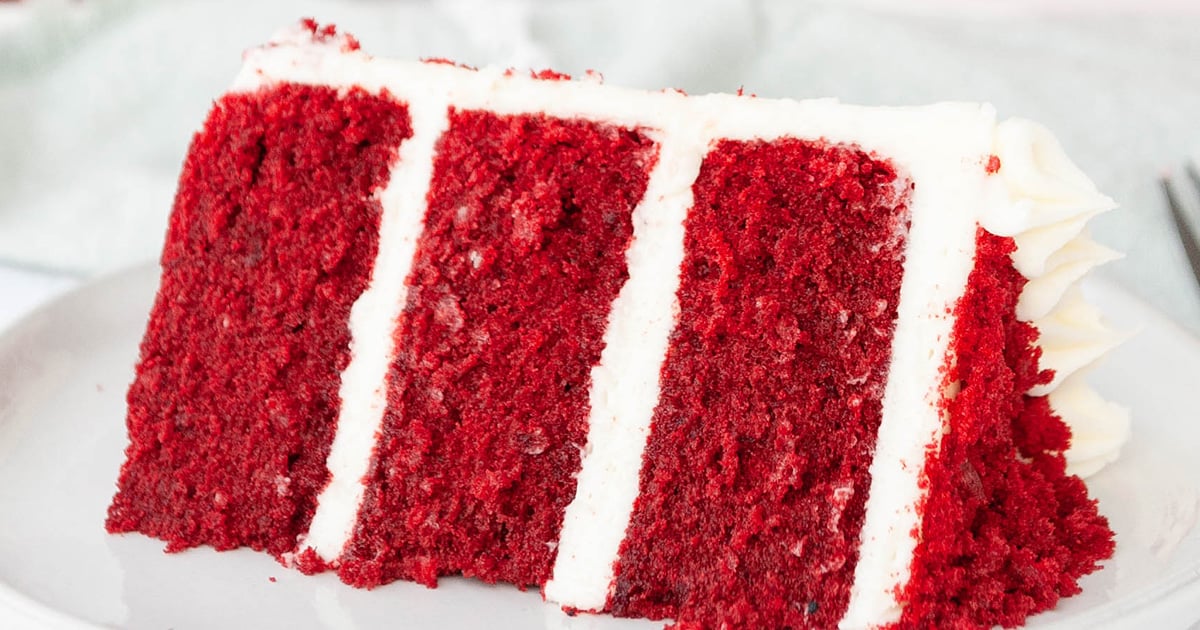
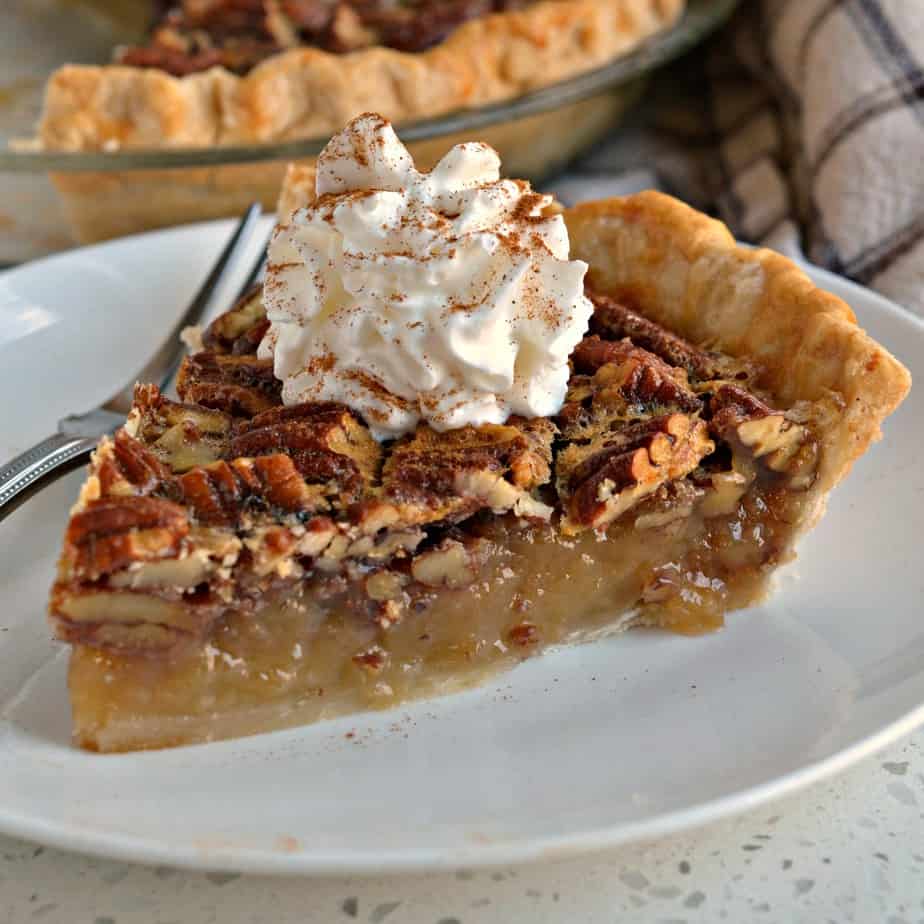
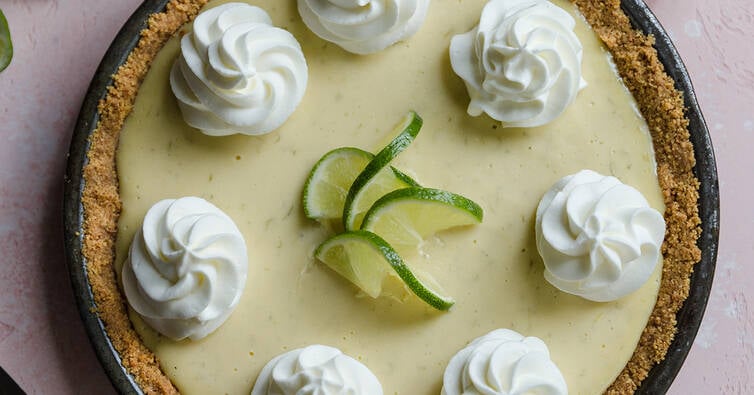


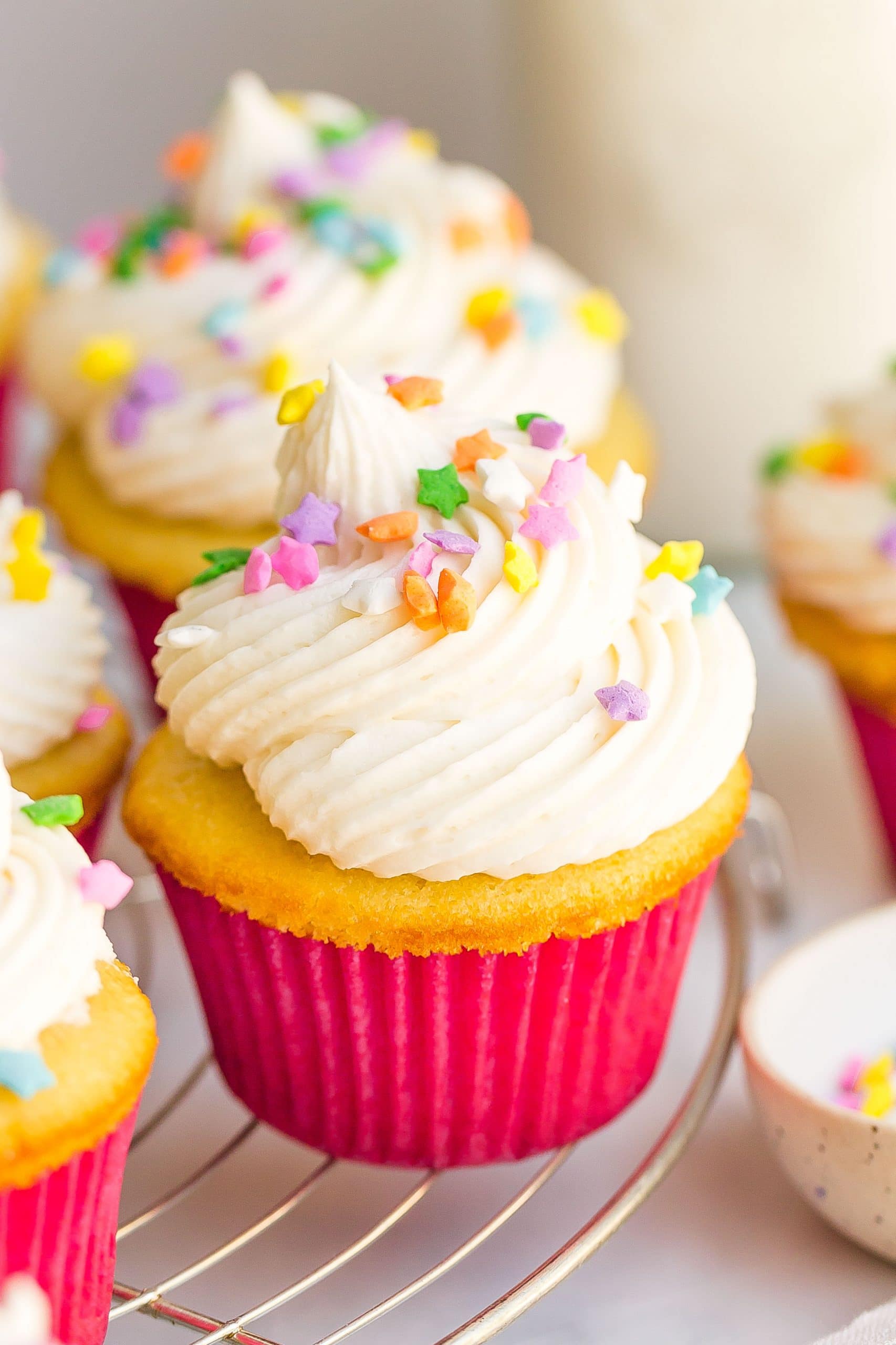
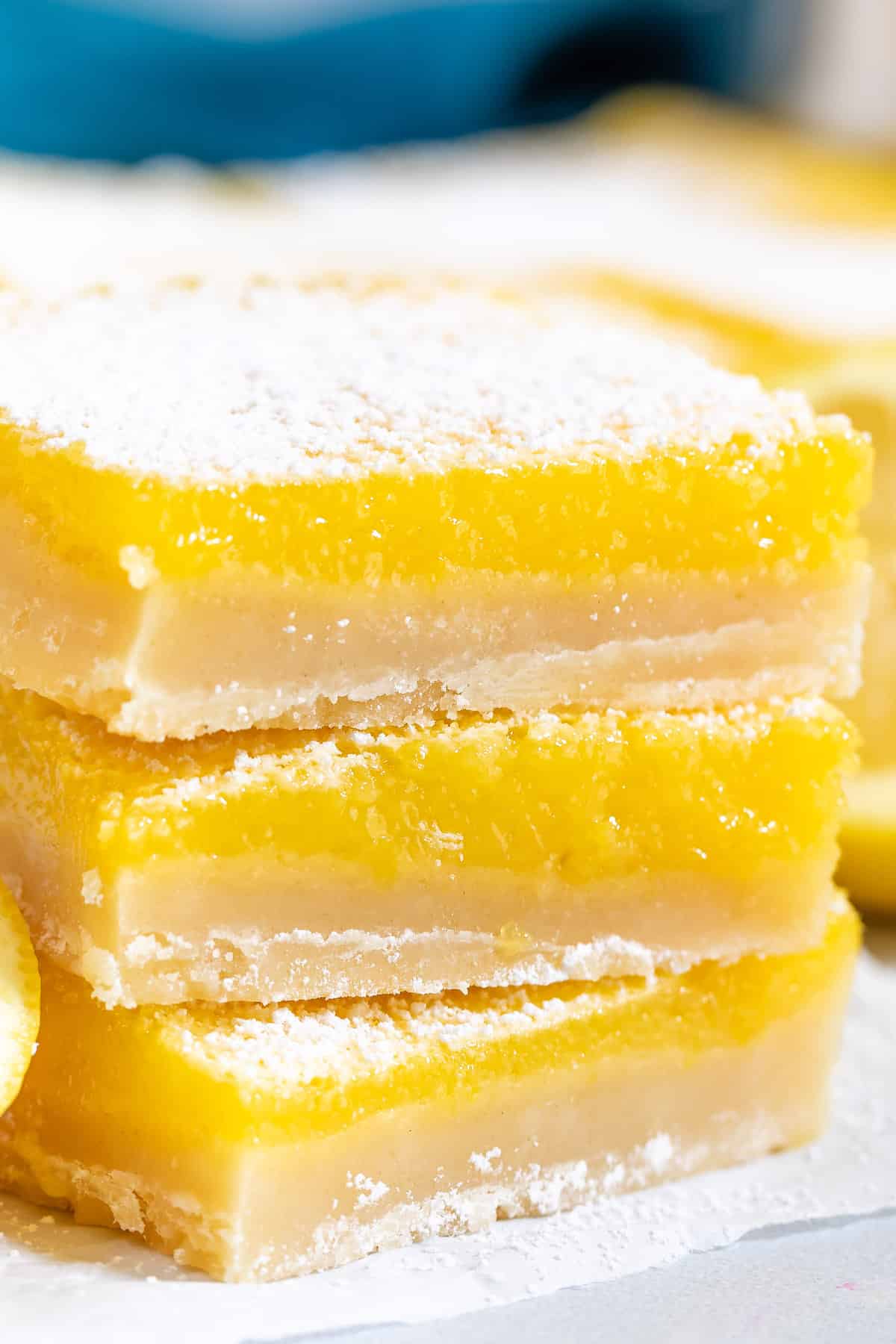


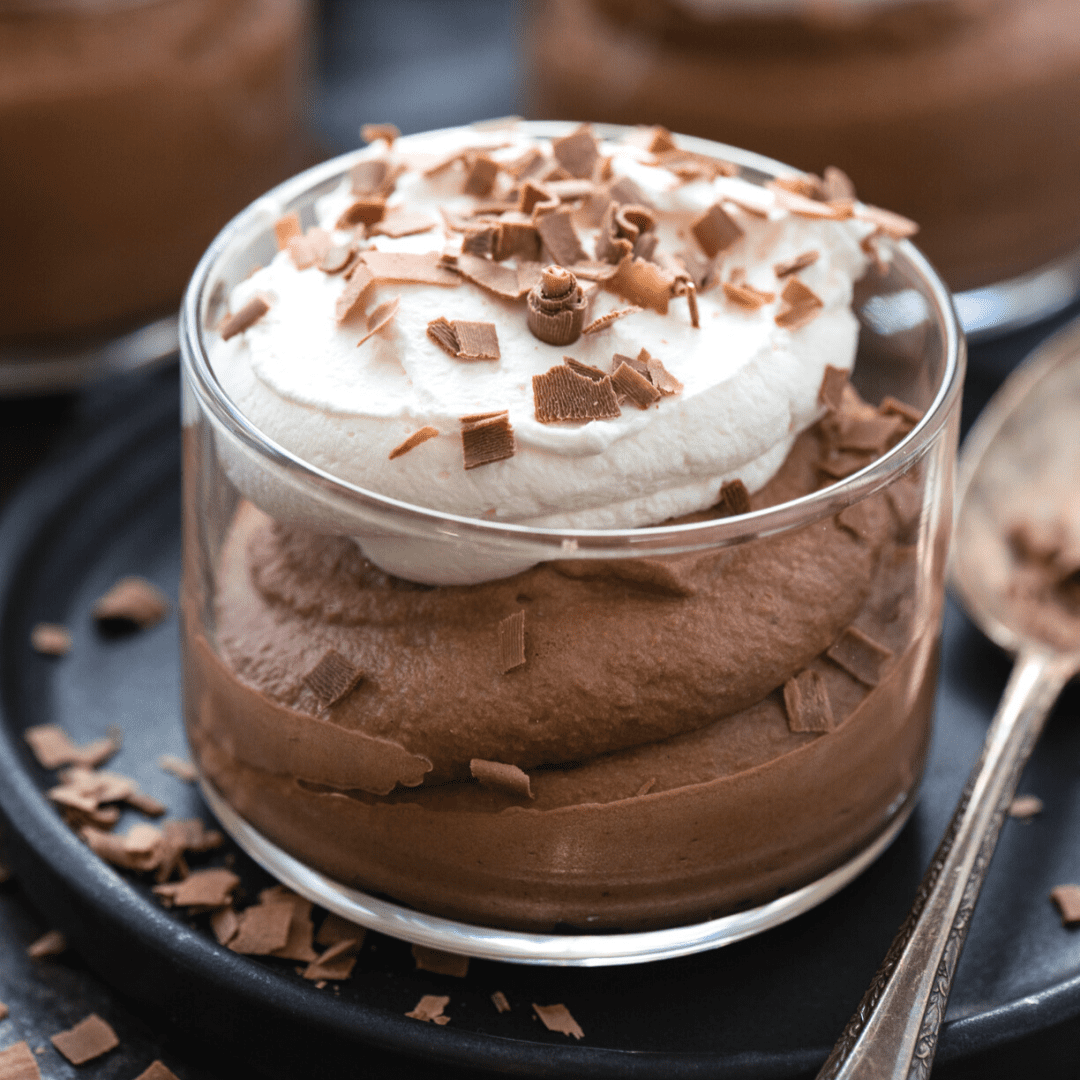


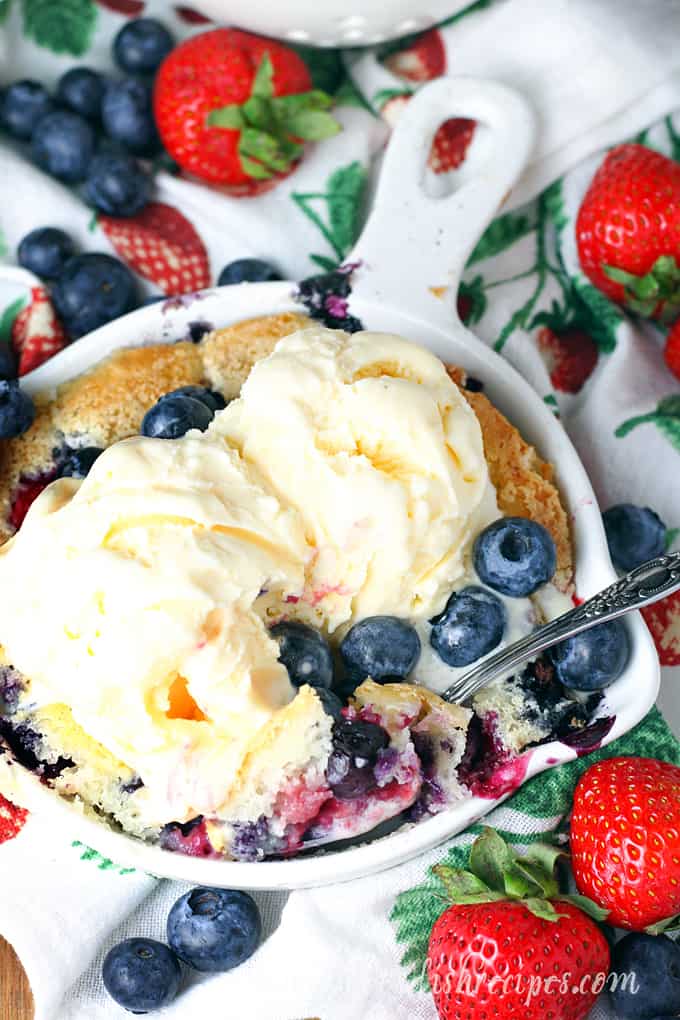
Did you like this recipe collection? Please leave a star ⭐️⭐️⭐️⭐️⭐️ rating below and/or a review in the comments section. You can also stay in touch with us through social media by following us on Pinterest, Facebook, Instagram, and Twitter.
Recipe Card

20+ Best, Easy, and Popular American Desserts (the Classics!)
Ingredients
- Best Apple Pie 300-400 kcals
- Rich and Creamy New York Cheesecake 300-500 kcals
- The Best Chocolate Chip Cookies 150-200 kcals
- Fudgy Brownies 150-250 kcals
- Easy Basic Vanilla Ice Cream 150-300 kcals
- Banana Pudding Recipe 200-300 kcals
- Classic Pumpkin Pie 200-350 kcals
- Real Red Velvet Cake 300-400 kcals
- Easy and Delicious Pecan Pie 500-600 kcals
- Best Key Lime Pie 250-400 kcals
- Homemade Carrot Cake 300-400 kcals
- The Best Classic Chocolate Cake 350-500 kcals
- Easy, Fluffy, Moist Vanilla Cupcakes 150-300 kcals
- Best Lemon Bars Ever 200-300 kcals
- Best Bread Pudding 300-400 kcals
- Quick and Best Peanut Butter Cookies 100-200 kcals
- Easy Chocolate Mousse 150-250 kcals
- Tiramisu 300-400 kcals
- Easter Blondies 200-300 kcals
- Easy Fruit Cobbler 300-400 kcals
Instructions
- Click on each recipe link given above.
- Follow the instructions given in the recipe post.
- Enjoy!
Notes
- Use quality ingredients: Always use the highest quality ingredients you can find, such as fresh fruits, good quality butter, and high-quality chocolate, for the best flavor and texture.
- Measure ingredients accurately: Baking is a science, and accurate measurements are crucial for success. Use measuring cups and spoons and level off ingredients to ensure accuracy.
- Keep ingredients at room temperature: All ingredients, including eggs and butter, should be at room temperature before mixing. This allows for better incorporation and a smoother texture.
- Don’t overmix: Mix just until the ingredients are combined. Overmixing can result in tough, dry, or dense baked goods.
- Allow baked goods to cool completely: Allow cakes, cookies, and other baked goods to cool completely before frosting, glazing, or slicing to prevent them from falling apart.
- Use parchment paper: Line baking sheets and cake pans with parchment paper to prevent sticking and make clean-up easier.
- Add toppings and garnishes right before serving: For the freshest and most attractive presentation, add toppings and garnishes like whipped cream, fruit, or nuts just before serving.
